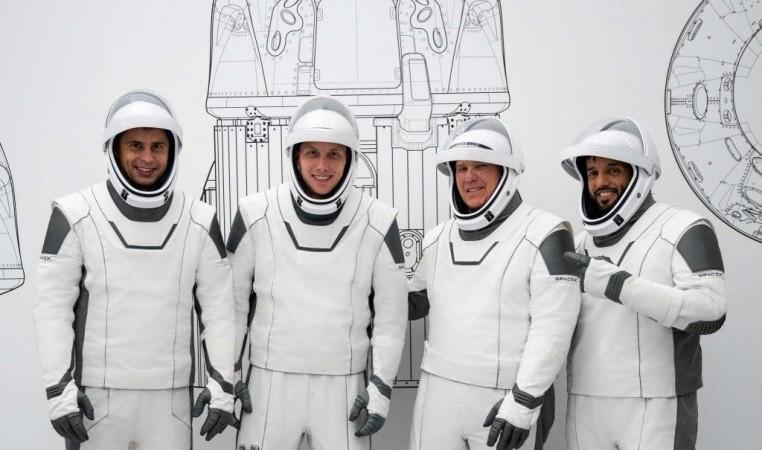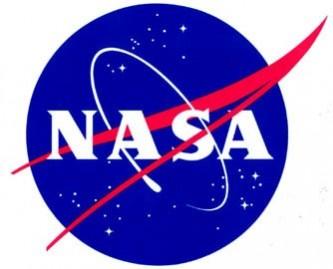The US space agency is geared up to send four astronauts to the International Space Station (ISS) aboard a SpaceX Falcon 9 rocket that will launch the company's Dragon Endeavour spacecraft.
The SpaceX Crew-6 mission will carry NASA astronauts Stephen Bowen and Warren "Woody" Hoburg, United Arab Emirates (UAE) astronaut Sultan Alneyadi, and Roscosmos cosmonaut Andrey Fedyaev to the space station for a six-month science mission.
The SpaceX Falcon 9 rocket has reached a key milestone ahead of liftoff.

While standing on the launch pad at Kennedy Space Center's Launch Complex 39A in Florida, the rocket's nine Merlin first-stage engines roared to life for seven seconds, completing the routine but critical integrated static fire test, the US space agency said in a statement late on Friday.
This is the sixth crew rotation mission with astronauts using the SpaceX Dragon spacecraft on a Falcon 9 rocket to the orbiting laboratory as part of the agency's Commercial Crew Programme.
In October last year, a SpaceX Falcon 9 rocket took NASA astronauts Nicole Mann and Josh Cassada, Japan Aerospace Exploration Agency (JAXA) astronaut Koichi Wakata, and Roscosmos cosmonaut Anna Kikina to the ISS.

During their stay, the Crew-5 mission was set to conduct more than 200 science experiments and technology demonstrations, including studies on printing human organs in space and better understanding heart disease.
The Crew-5 mission conducted new scientific research in areas such as cardiovascular health, bioprinting, and fluid behavior in microgravity to prepare for human exploration beyond low-Earth orbit and to benefit life on Earth.
(With inputs from IANS)














